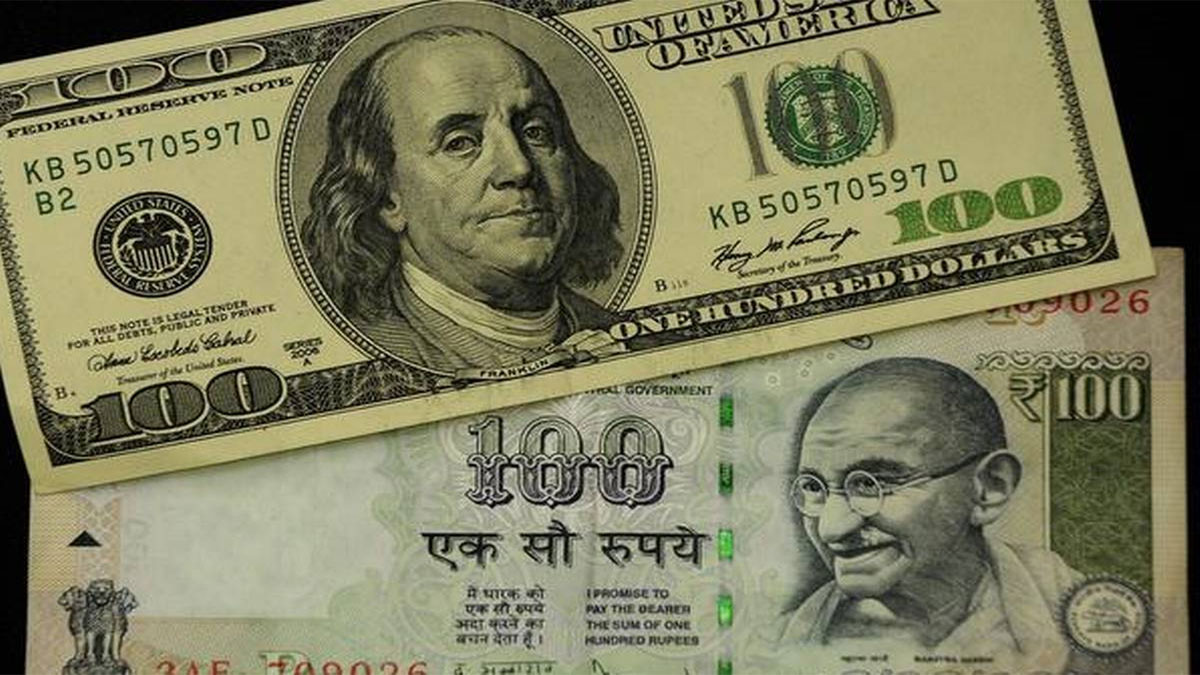Foreign exchange reserves decreased by $4.5 billion after barely increasing the week before. For the week ending October 14, according to information issued by the Reserve Bank of India, the reserves were $528.4 billion. Due to foreign currency assets and gold reserves, the reserves decreased. Since July 29, forex reserves have been falling, with the exception of the prior week, when forex assets increased by $204 million.
The drop in foreign exchange reserves coincides with the rupee’s continued depreciation to values below 82 and media claims of central bank intervention in the foreign exchange market to strengthen the Indian currency. 82.69 to a dollar was the rupee’s final exchange rate, a slight increase due to news of the RBI intervention. The RBI has stated numerous times that it will intervene in the market to reduce rupee volatility.
T. Rabi Shankar, the deputy governor of the RBI, stated that India’s foreign exchange reserves were essential in mitigating the effects of the extreme turbulence seen in recent months on the international markets. At the Foreign Exchange Dealers Association of India’s annual day event, he said, “Reserves continue to remain healthy and complement the strong macroeconomic fundamentals of the Indian economy.”
According to RBI governor Shaktikanta Das, valuation changes brought on by a stronger U.S. currency and higher U.S. bond yields are to blame for around 67% of the drop in foreign exchange reserves during the current fiscal. According to Bank of Baroda economist Aditi Gupta, the rupee may continue to be under pressure as the strength of the dollar shows no indications of waning. Additionally, she added, the Indian rupee will suffer from factors including high internal inflation, a decline in exports, and higher oil costs as a result of production cuts. Earlier, OPEC+ opted to reduce its daily production cap for crude oil by 2 million barrels, beginning in November.

